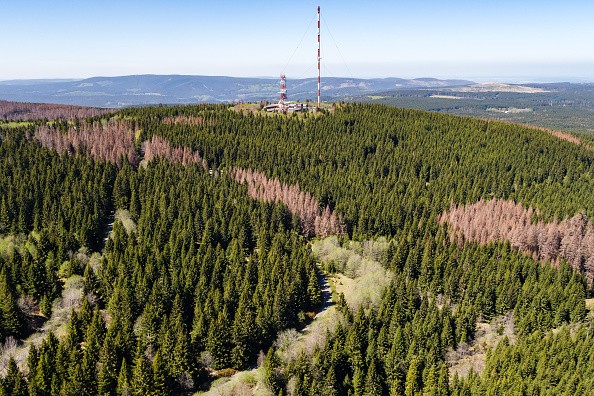Scientists emphasized the importance of trees to win the battle against climate change as trees mitigate the effect of human-caused pollution in cities and avoid floods in many communities.
The National Geographic explained that many trees have been threatened by mainly illegal logging, deforestation, mining, and infrastructure development.
Although trees have been significant in the environment and fight against climate change, they have struggled due to human-caused pollutions and heat waves.
According to the research, the past summers affected trees in Europe due to extreme heat waves and severe drought.
As a result, the article said that Horizon researchers aimed to understand trees better and how they respond to the worsening impact of drought and climate change.
The data presented in the article revealed that 500,000 hectares of forests in Europe alone were struck and wiped out by extreme drought between 1987 and 2016.
The data is worrying as drought also impacts agricultural lands and the livelihood of farmers to consumers.
The research also noted that Olive trees were affected in Spain, showing a decline in olive oil from farmers in the said country.
Dr. Jaideep Joshi, who studies the plant traits and protection of forests, explained that there are several events that severe drought that resulted in the large-scale death of trees observed in the last ten years.
Joshi is also a part of the Plant-FATE project.
The project, funded by Horizon, helps to research and predict the drought's impact on trees.
Understanding tree species

The researchers emphasized the significance of understanding the tree species. This way, researchers can have accurate and successful models to consider how trees adapt to dry conditions.
According to the article, Dr. Joshi said that they tried to develop a simple and comprehensive modeling framework, which will be useful to simulate outcomes and plan tree-planting programs.
As a result, the researchers can present the right decision on what species to plant and the best location.
Remarkably, the process of how the model could anticipate the adaptability of trees to climate change, noting the range of timescales for predicting the outcome.
To understand better, the researchers employed the data from an Amazon rainforest site with a 500-square meter area and a home for over 400 species.
The result matched the researchers' model predictions, showing what could happen in the location from the simulations.
Dr. Josi explained that the models would help predict the forests and respond to future climate scenarios.
The vegetation model showed realistic scenarios based on different timescales and parameters.
Moreover, the study observed that trees would grow new woods that can withstand dry conditions.
On the contrary, the researchers also considered the height of trees in terms of adaptability to dry conditions. According to the article, Horizon-funded DISTRESS Project lead Dr. Laura Fernández de Uña looked into the impact of the height of trees in transporting water and how it affects drought condition responses.
The study discovered that water has difficulty reaching taller trees due to height.
Conservation
Based on the study, the researchers stressed and urged the continuous planting of trees as it is one of the most reasonable steps against the climate crisis.
Related Article : Record-challenging Heat to Expect in Northwest This Week
For more similar, don't forget to follow Nature World News.
© 2025 NatureWorldNews.com All rights reserved. Do not reproduce without permission.





